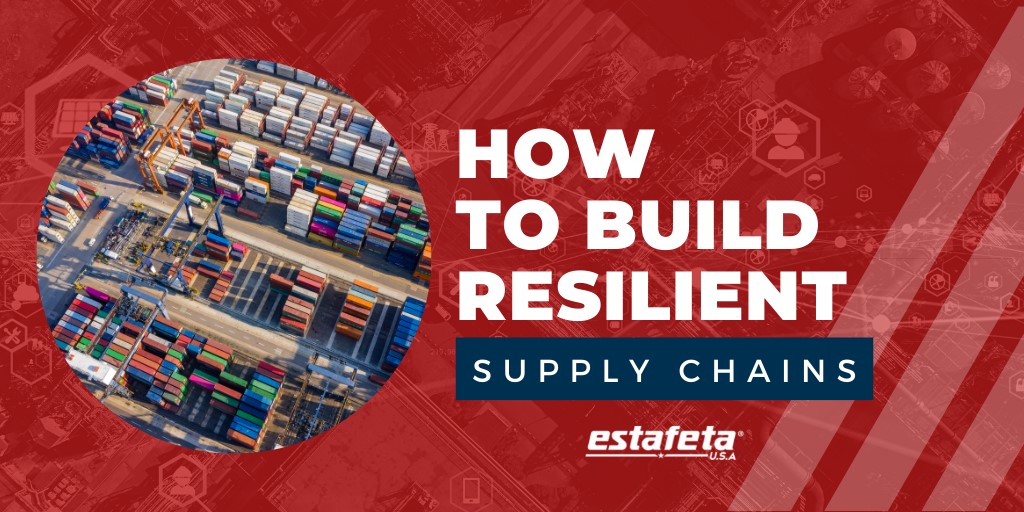Supply Chain resilience is not a trend, it’s a key requisite for business continuity. If the pandemic has taught us a lesson, it’s that no matter what, the world needs its supply chains operating. Thus, making them resilient and mitigating risk is now a priority for every logistics and transportation professional.
What is Supply Chain Resilience.
Resilience in supply chains means being able to anticipate, navigate through, and recover from unexpected events and resulting disruptions.
For ecommerce businesses, that means building a strong supply chain, as well as having customer experience and financial contingency plans.
Why Build Resilient Supply Chains.
- Lessons learned from the pandemic include having brought to light the risks and gaps throughout the value chain. From raw materials sourcing to consumer experience, every step of the chain was put to the test, and mostly, failed.
- Major logistics disruptions caused by the pandemic and extreme weather, create a ripple effect on the transit of goods worldwide.
- These disruptions across the globe are expected to continue beyond the pandemic crisis.
So, how do we build Resilient Supply Chains?
All experts we’ve consulted agree organizations must focus on these strategies for strengthening their supply chains.
-
Flexibility. Building up alternative sourcing concepts will be important to achieve flexibility. Flexible organizations are able to adapt to disruptions with minimal impact. One way supply chains can build flexibility is developing multiple suppliers in case of service interruptions by primary suppliers.
-
Diversify supply chain. Companies should look into alternative supply chain flows and inventory storage capabilities closer to their customers. As well as figuring out best ways to improve processes leading to last mile deliveries and returned goods.
-
Visibility is key in helping supply chain teams anticipate risks in real-time, like getting ready for a potential weather event. Today more than ever, it’s crucial to be able to track and monitor all the supply chain. Because building resilience means having the capability to detect any disruptions just in time to act accordingly. However, experts also agree achieving the required visibility poses another big challenge, because of all it entails.
- Collaboration involves stakeholders working together for a common task, like exchanging information in and out of the organization. The closer companies and stakeholders work within the supply chain, the better they’ll react to disruptions.
- Configuration and control. Another important lesson learned from the crisis, it’s the need to analyze and control end-to-end dependencies more deeply and frequently. Thus, synchronization through technological tools is of essence in mitigating the risk of disruptions.
- Digital transformation is, needless to say, a cost of entry for most of the strategies listed above. The key role of digital tools can make the difference in achieving resilience, or remaining vulnerable to the next disruptions.
Growing a resilient supply chain will allow companies to be better prepared for anticipating and reacting to unexpected events. Only then will organizations be able to integrate the lessons learned from the pandemic induced logistics disruptions. It’s a matter of obtaining the business continuity required to stay competitive and being capable to meet consumer expectations.
We at Estafeta USA keep working with customers and supplies to achieve resilience in the ecosystems where we participate. We’d like to hear your opinion on these topics, please don’t hesitate to contact us and tell what you think. We’re here for your business and look forward to hearing from you!


Recent Comments